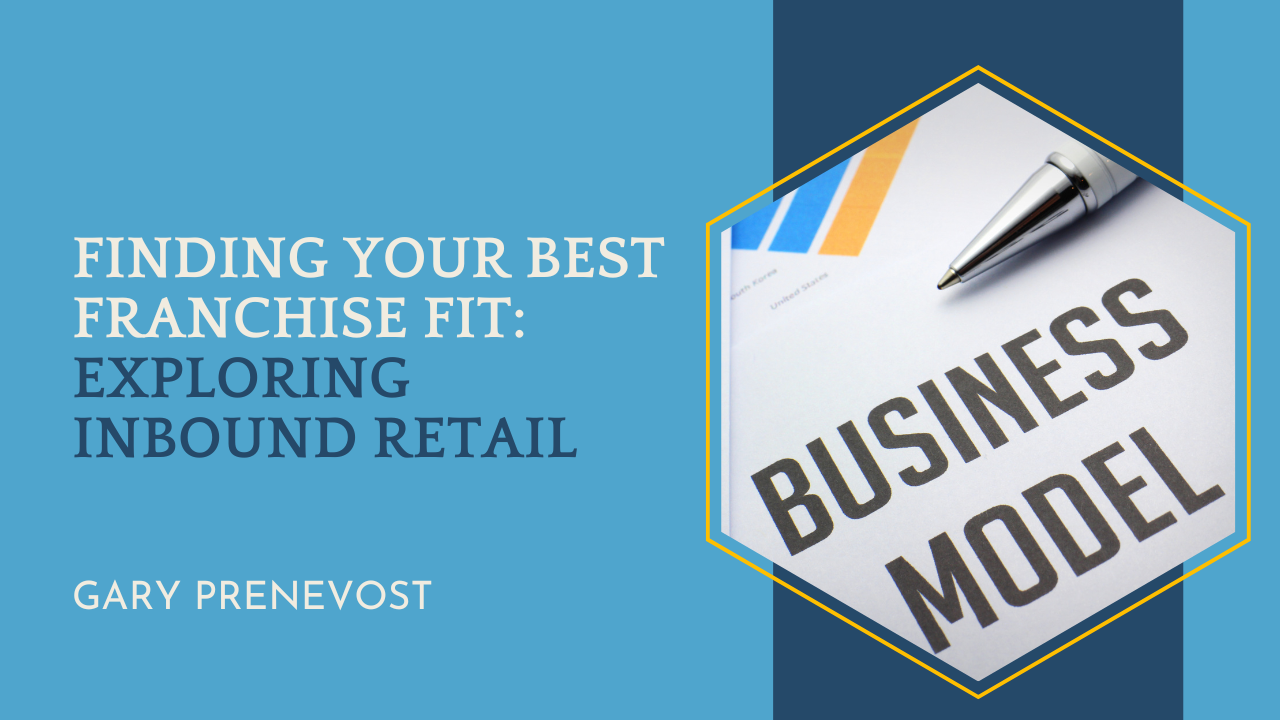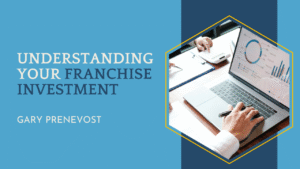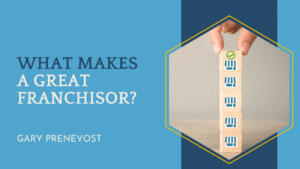There are thousands of franchise options to consider, so it’s hard to figure out which options might be your best fit.
To help you better understand the franchise landscape and start narrowing down your options, this is the first of 4 articles that will break down the Spectrum of Franchising, based on the operational criteria of each category. While there are always going to be a few exceptions, the vast majority of franchises will fit into one of these four categories.
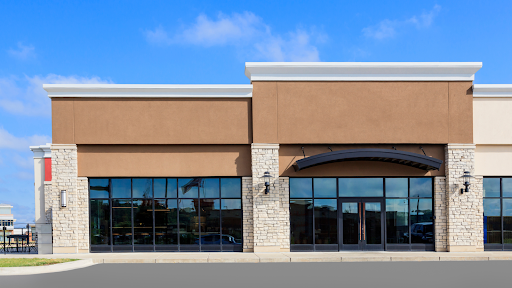
Today, let’s look at inbound retail, meaning the customer comes to your business, at your location-based brick and mortar business. The locations are usually premium locations because that’s part of the marketing strategy to attract customers.
- Location sizes for most inbound retail franchises can vary, but commonly are in the 1500 ft.² to 5000 ft.² range. Triple-A retail locations are often a core requirement
- These are high-cost businesses to start up – often the highest investment because they require a physical space that must be built, and the rent of a triple-A location will increase your working capital requirements. You’re typically looking at an entry level of 50,000 and commonly in the $350,000-$500,000 range. For bigger operations and bigger brands, it’s not uncommon to be well over $1 million.
- These businesses are typically more transactional – customers can come into your store, or they can go to a lot of other places for the same product;
- They can be product-based, like pet shops and dollar stores, or service-based, like hair salons and fitness centers. Restaurants are also inbound retail;
- These businesses have the longest hours of operation, often 6 or 7 days a week so staff scheduling is more complex;
- The role of the owner for this type of business is that of a manager – managing staff, finances, operations, inventory and facilities, managing the customer experience, etc. So these are very good businesses if you have strong management experience;
- You also have to follow the franchisor’s recommendations for investing in marketing on an ongoing basis, and you do have to engage the community. It doesn’t matter if it’s a big or an unknown brand, if you want to be a strong performance store, you will want to engage the community on some level.
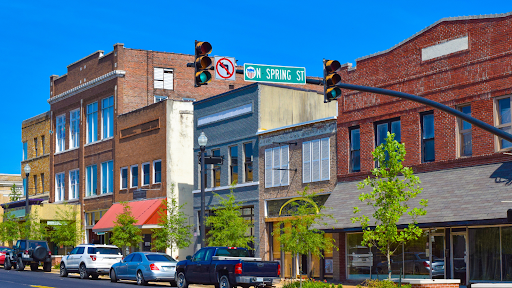
How to get customers: We call it inbound retail because the location and the marketing drive the customer to the store. People like this business because the customers come to them; they don’t have to go out to prospect and sell, which is what makes it so popular.
Inbound retail businesses are just one of the four structural options available. If you’re curious about exploring your best entrepreneurial paths, I can help you focus on your best options.
I’ve helped hundreds of people achieve success in franchise ownership, so I’d welcome a call to explore possibilities! Book a call now.
Originally posted on LinkedIn

